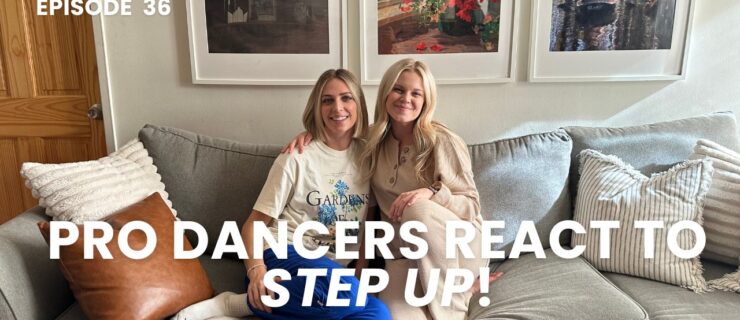Why Fortnite's Dance Animations Are a Can-of-Worms Copyright Problem
Online video game Fortnite is involved in serious controversy over its “emotes” dance feature. Even if you’re not a gamer, this is a case choreographers should keep close tabs on. Here’s why.
Let us quickly introduce you to Fortnite Battle Royale: The video game sprung up in September 2017 and has grown to insane levels of popularity. It’s free to play and features 100 users duking it out to be the last person standing. But here’s the catch: If you want to get ahead, you have to make in-game purchases, trading real money for V-Bucks, which you use to redeem things like weapons.
So what’s it got to do with dance? A whole lot. One of Fortnite’s most popular—and lucrative—features is its emotes, animated dances that users can purchase to perform on the battlefield. Many are taken directly from pop culture, and Fortnite’s developer, Epic Games, is in the midst of a heated lawsuit regarding its Swipe It emote. After much public debate, rapper 2 Milly filed a suit last week claiming that Epic Games stole—and is now largely profiting from—the Milly Rock, a dance move he created and popularized, without his permission. Take a look:
Here’s the Swipe It, as seen in Fortnite…
…and this is the original Milly Rock

Same dance. Epic Games knows this much, or they wouldn’t have opted to make this super-popular dance move into an emote. More emote purchases equals more revenue. So much that, according to Business Insider, in May 2018 Fortnite made upwards of $318 million in revenue from in-game purchases. That’s more than any video game on any platform ever.
Cultural Appropriation and Copyright Issues
2 Milly isn’t the only artist whose signature move has shown up on Fortnite. Though you may not know this dance’s name, you’ve probably seen it. The Shoot was originated by rapper BlocBoy JB. On Fortnite, it’s called the Hype.
Members of the black community have spoken out about these lifted dance moves, and Chance the Rapper suggested a solution: Let samples of the artists’ songs accompany the emotes, so the artists will receive some of the profits.
Fortnite should put the actual rap songs behind the dances that make so much money as Emotes. Black creatives creat… https://t.co/AUdTkZ8ePW— Chance The Rapper (@Chance The Rapper)1531499013.0
Does it raise issues of cultural appropriation? Absolutely. And we believe that all artists’ work should be credited and respected. But are these dance moves covered under copyright? As the laws are currently set up, no.
We did some research on the U.S. Copyright Office’s regulations regarding individual moves, and the info is pretty clear and surprisingly easy to find.
Individual movements or dance steps by themselves are not copyrightable, such as the basic waltzstep, the hustle step, the grapevine, or the second position in classical ballet. The U.S. CopyrightOffice cannot register short dance routines consisting of only a few movements or steps with minorlinear or spatial variations, even if a routine is novel or distinctive.
Based on these stipulations, 2 Milly’s case may not hold up in court. That doesn’t mean what Epic Games is doing is right.
What about Public Domain?
Fortnite also features dance steps (some decades old) that gained a foothold in pop culture: the Charleston (called the Flapper in the game), the Worm, this move from Snoop Dogg’s “Drop It Like It’s Hot” video (renamed the Tidy). There’s also Carleton’s famously goofy dance from “The Fresh Prince of Bel-Air” (“Fresh” in Fortnite) and an emote called Groove Jam, a take on Napoleon Dynamite’s nerdy get-down in the comedic movie.
It begs the question: At what point does a social dance become so normalized, that no one flinches to see it? Because individual movements can’t be copyrighted, it’s not like they have an expiry date (like music) when they slip into the public domain.
A Win for Choreographers
There is one instance where a choreographer successfully took Epic Games to task. In January 2017, Gabby J. David posted the above YouTube video of herself dancing to a remix of Migos’ “Bad and Boujee.” She later noticed that Fortnite copied her choreography for its Electro Shuffle emote and contacted them. As of January 2018, the two parties were settling. Though no specific details are available, Electro Shuffle remains in the game.
Why did David have a stronger case? Fortnite lifted about 10 seconds of her own choreography, and choreography has a different set of copyright protections.
With today’s rapidly evolving technology, where things are easily sharable and monetizable, it might be time to revamp the Copyright Office’s laws for individual dance moves.




